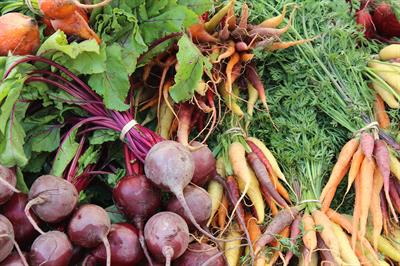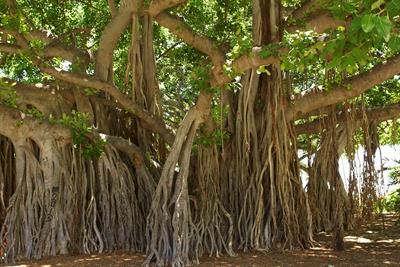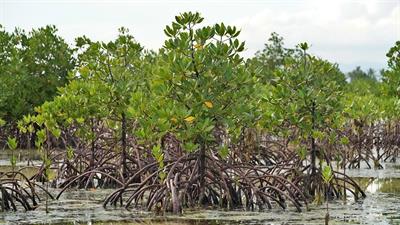PDF chapter test TRY NOW
Some plants in response to the environment in which it grows develop some special characteristics and functions with their parts, which may or may not be the intended purpose of the part. Such modifications in the plants structure are called plant modifications.
For instance, to overcome the excessive heat in the desert, cacti develop spine like leaves to overcome water lose from leaves.
Plant modifications are used for storing food, giving support and protecting vital functions like photosynthesis, etc.
There are 3 major modifications:
- Modification of roots
- Modification of stems
- Modifications of leaves
We will see in detail the modifications of root here:
Roots for storage
Plants like radish, turnip and carrot have tap root system.

But in addition to absorbing and transporting water and nutrients their roots are used to store the excess food generated.
Thus, the roots of these plants assume different shapes as modifications. The following table shows the shape of the modified root system of different plants.
Shape of the root | Plant |
| Spindle-shaped | Radish, sweet potato |
| Top-shaped | Turnip, beetroot |
| Cone-shaped | Carrot |
Mechanical Support
In some plants the roots are not just found at the bottom of the plant. They grow from the branches to support the trunk as in the case of banyan tree.

In sugarcane the basal nodes develop root-like structure that offer support to sugar cane plant. They are otherwise known as stilt roots.
Interestingly, in betel leaves or in pepper plant, roots grow from the internodes and nodes and help the plant to hold its support firmly and also help the plant to climb firmly.
Gaseous exchange (breathing roots)
Mangrove plants that grow in estuarine area, like Avicinnia, perform the function of breathing.
Yes, gas exchange happens in these roots. Hence, these roots are otherwise called as breathing roots.

Roots for other vital functions
Parasite plants like Cuscuta develop a slender projection in their roots that are so strong to penetrate the host (other vegetation) to suck nutrition. These roots are called haustoria.
Reference:
Image credit:
Beetroot: Free Image by skeeze from Pixabay , https://pixabay.com/photos/beets-carrots-farmers-market-1584454/
Banyan tree: Free Image by DebraJean from Pixabay; https://pixabay.com/photos/banyan-tree-honolulu-hawaii-1049021/
Breathing roots: Free Image by hyun chun kim from Pixabay ;https://pixabay.com/photos/mangrove-trees-aquatic-plants-4901145/
